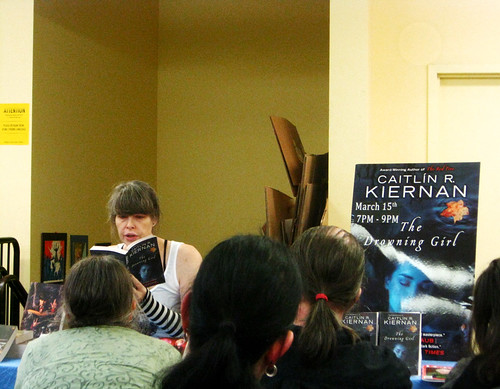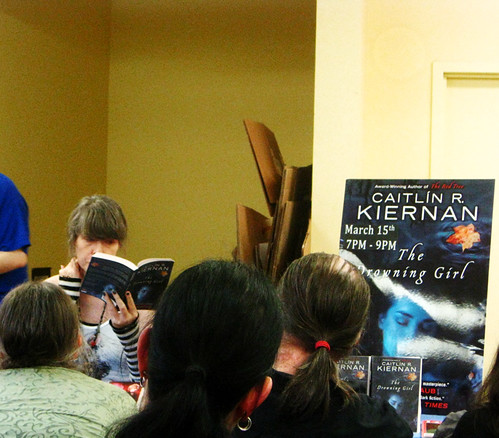Been behind on award etc. news, I know, but that’s just how we roll around here these days.
—–
Congratulations to the 2011 Nebula winners!!
—–
Maurice Sendak passed away on Tuesday, May 8, at the age of 83.
Kakaner has a very sweet story about the importance of Where the Wild Things Are in her childhood, but I’ll leave her to tell it if she likes. Outside Over There was my Sendak of choice, tapping as it did into my embryonic love for tales of uneasy melancholy and queer nocturnal goings-on, kickstarting my obsession with changeling stories before I knew what a changeling was, and giving me exactly the best kind of nightmares in the weeks after my kindergarten teacher first read it to us. (Only a little bit facetiously: It’s a shame that most obituaries don’t seem to mention the influence of Outside Over There on Jim Henson’s Labyrinth, which launched its own wave of weird childhood hang-ups.)
Below, some extracts from the moving New York Times obituary, from which I learned for the first time about Sendak’s melancholy childhood – and the fact that he was gay, and was with his partner, psychotherapist Eugene Glynn, for 50 years prior to Glynn’s death.
“A largely self-taught illustrator, Mr. Sendak was at his finest a shtetl Blake, portraying a luminous world, at once lovely and dreadful, suspended between wakefulness and dreaming. In so doing, he was able to convey both the propulsive abandon and the pervasive melancholy of children’s interior lives.”
“As Mr. Sendak grew up — lower class, Jewish, gay — he felt permanently shunted to the margins of things. ‘All I wanted was to be straight so my parents could be happy,’ he told The New York Times in a 2008 interview. ‘They never, never, never knew.'”
And if you have the chance, please, please, please lend your ears to Sendak’s extraordinary interview with Terry Gross on NPR last year, in which he speaks with heartbreaking honesty about children, his childhood, aging, and death. At some point while listening, I overfilled my tea mug, and when I looked back to see it dripping onto my desk, my first impulse was to assume that it was also crying. Yeah.
(I also felt for Terry Gross: you can feel her wishing that this was a true conversation, rather than an interview during which she must maintain her radio air of pleasantly neutral inquiry.)
See also this brief and wonderful comic on children and books drawn by Sendak and Art Spiegelman (via Neil Gaiman and Caitlin Kiernan’s memorial posts).
Maurice Sendak, R.I.P.
—–
Jean Craighead George passed away on Tuesday, May 15, at the age of 92. The only rival to the number of fantasy books and fairy tales I consumed when I was little was the number of nature and wildlife books; I was particularly passionate about Julie of the Wolves and re-read it and its sequels heaps of times. (I remember getting caught re-reading Julie… under my desk during fifth grade once – which was I think the same year that I first read My Side of the Mountain, from which I notably learned about Walden and Thoreau, whose name I was convinced had to be pronounced “Thor-yew”…) George’s works and characters embody meticulous observation and a luminous sense of wonder, speaking to a lifetime of loving study of the natural world and its inhabitants (humans included). Thanks, Ms. George, from this now-biologist, for sharing your passion with us. R.I.P.
– E
Go to:
“The Golden Key,” by George MacDonald, illus. by Maurice Sendak (1867): review by Emera

